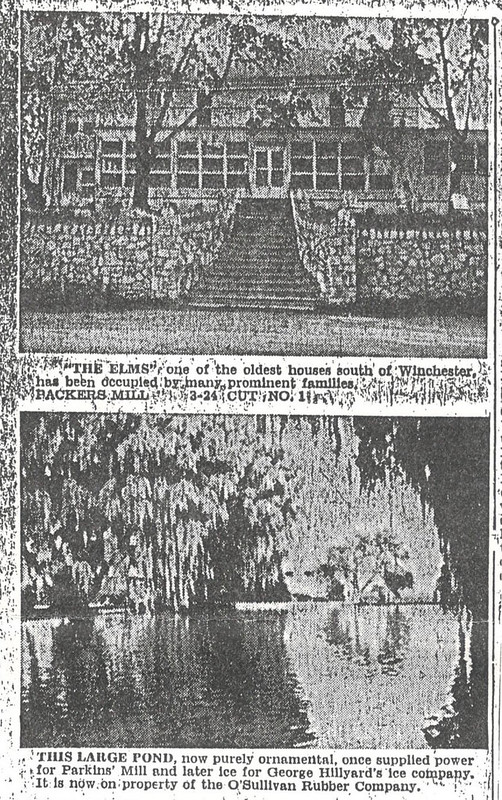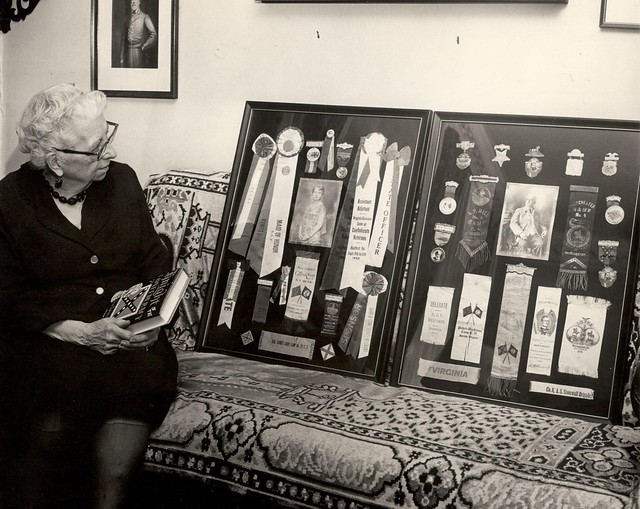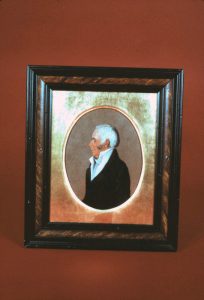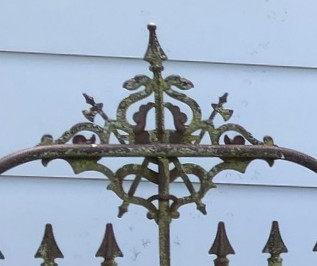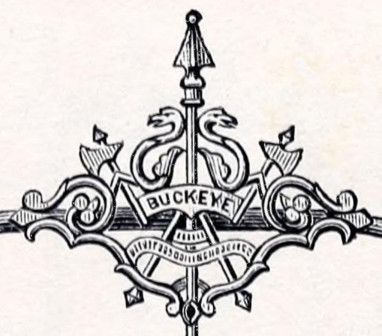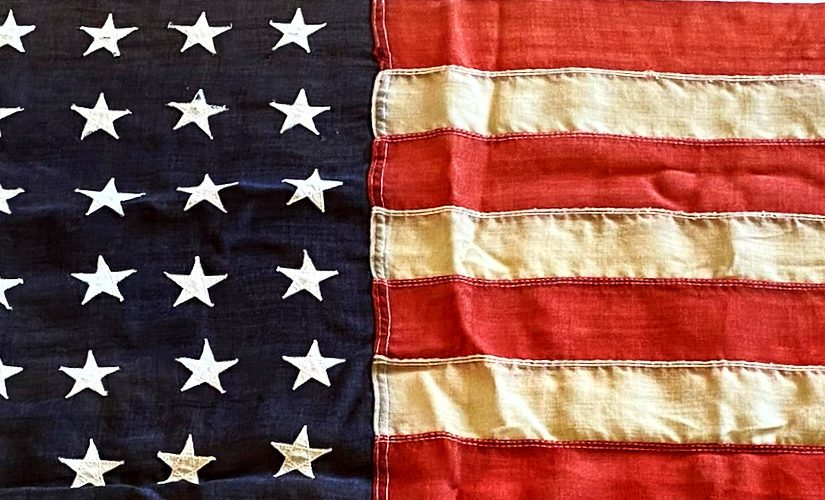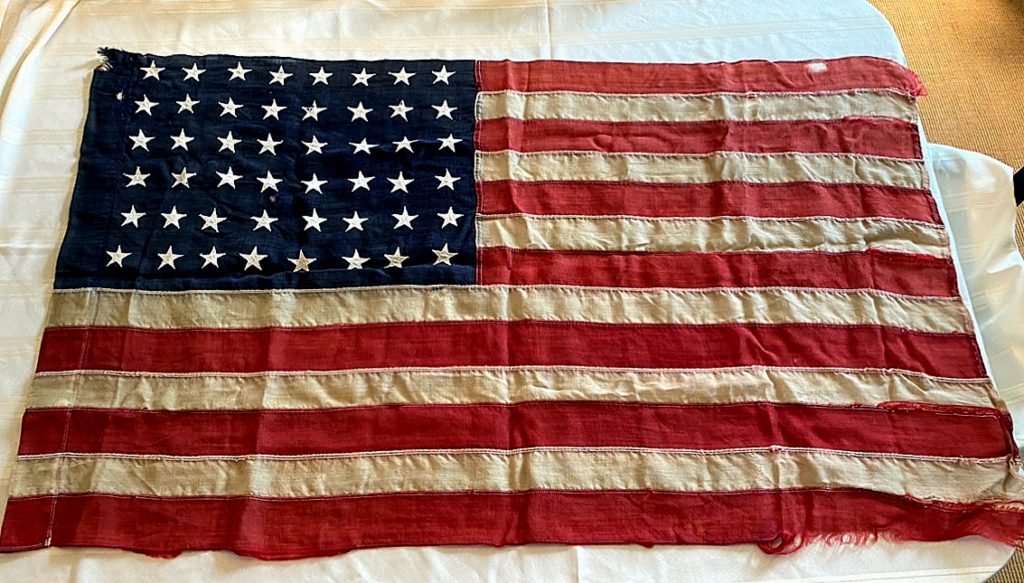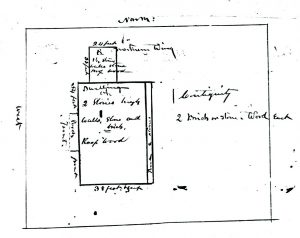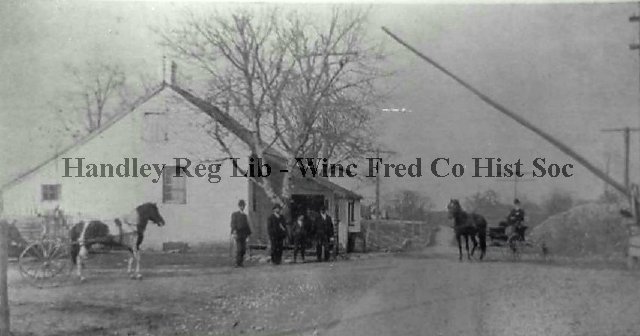Sparked by the interest shown in The Elms Motor Court buildings along Valley Avenue, we have done some preliminary research to see what information is available about the motel. As a number of other online researchers have commented, finding historic information about the motel specifically is a bit hard to come by, so we wanted to make the information we gathered at PHW accessible as we continue our documentation of the site.
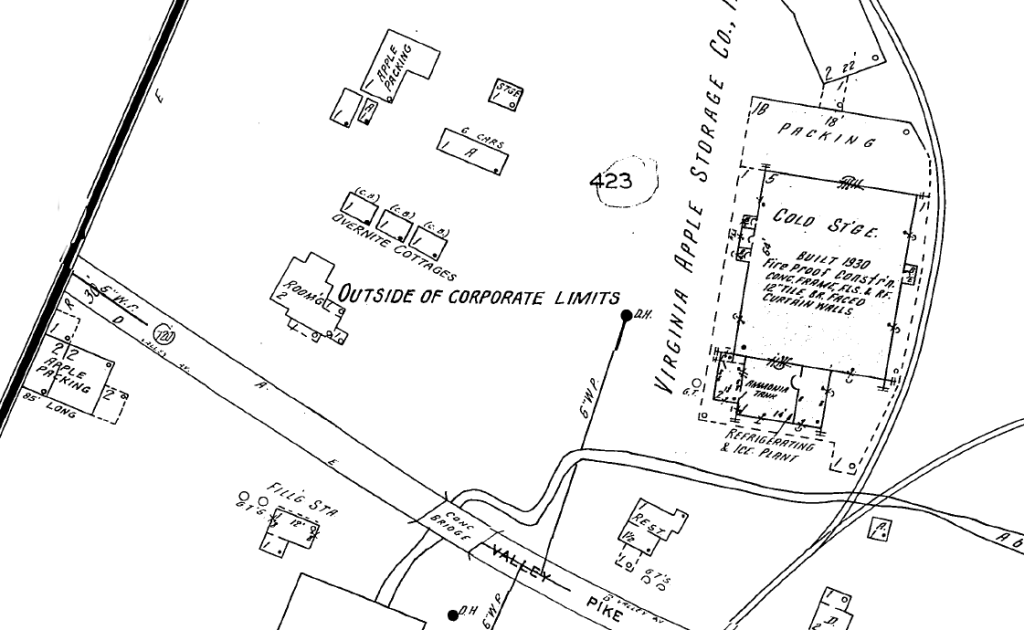
A Winchester Evening Star article dated Nov. 3, 1954 supplies most of our historic information for this post. L. Adolph Richards, the author, wrote several other articles on buildings on historic interest in the mid-1900s, and it appears he pulled most of his information from T. K. Cartmell’s writings, so we trust that the basic information provided was verified.
In this article, Richards notes the land was granted by Virginia Governor Gooch to Isaac Parkins in 1735. Isaac’s son, Nathan Parkins, built the home as well as a mill across the road. Nathan lived in the home until his death in 1830; subsequently it was occupied by T. T. Fauntleroy, George W. Hillyard, William Richards (who dubbed the house “The Elms”), and Mr. and Mrs. L. V. Watson. In April of 1954, the Chickla Brothers of Pittsburgh purchased the property and owned it during the heyday of the Elms Motor Court.
By the time of a 1963 aerial image viewable on Historic Aerials, The Elms had completed the construction of the additional cottages in an L shape around the house. The main stone house was used for room rentals, as well as a restaurant in its later life. The building, thought to be the oldest house on the south side of Winchester, was demolished in early 2010. The lot, including the elm trees, was leveled and grassed over and has been vacant since that time.
The Parkins Mill, built along Abram’s Creek, was destroyed during the Civil War and was rebuilt by Jacob Keckley in 1872. At an unspecified point (perhaps around 1930), the mill was converted to apple packaging, as seen on the 1947 Sanborn map. The Keckley Mill has also been demolished. In a newspaper clipping from December 27, 1995 detailing the demolition by Cynthia Cather, it was last occupied by Shenandoah Appliance Co. for about 17 years prior to demolition. For those familiar with Winchester in the 1980s, it was well-known because of a stuffed gorilla placed outside the entrance to the building.
The rectangular pond across the road from The Elms was used as a dam to hold water from Abram’s Creek to turn the water wheel for the Parkins and Keckley Mill, as well as being used for ice by the Hillyards. We assume this article from 1931, printed below, is the pond where the perch were poisoned.
HALF-MILLION PERCH ARE KILLED IN POND
Game Warden F. M. Pingley reported that approximately 500,000 yellow perch had been killed in the past several days in a fresh water pond at the Elms, near Winchester, Va., which, it is claimed, was due to the pollution of Abrams Creek, which feeds the pond. Informed of the killing, Maj. A. Willis Robertson, of Richmond, State commissioner of game and inland fisheries, notified Warden Pingley to proceed to prosecute the agency believed guilty of polluting the stream and killing the fish. Game Warden Pingley procured a warrant from County Magistrate A. J. Tavenner against the Virginia Apple Storage Company, operating a large plant on Abrams Creek, charging the corporation with having polluted the stream by emptying a solution of lime from their plant into the stream. The warrant was served on L. Jackson, manager. —Chief Justice, Volume 4, Number 29, 21 July 1931
More images, primarily of the Keckley Mill, are now available at our Flickr. We anticipate adding more images of the Elms Motor Court buildings soon.

